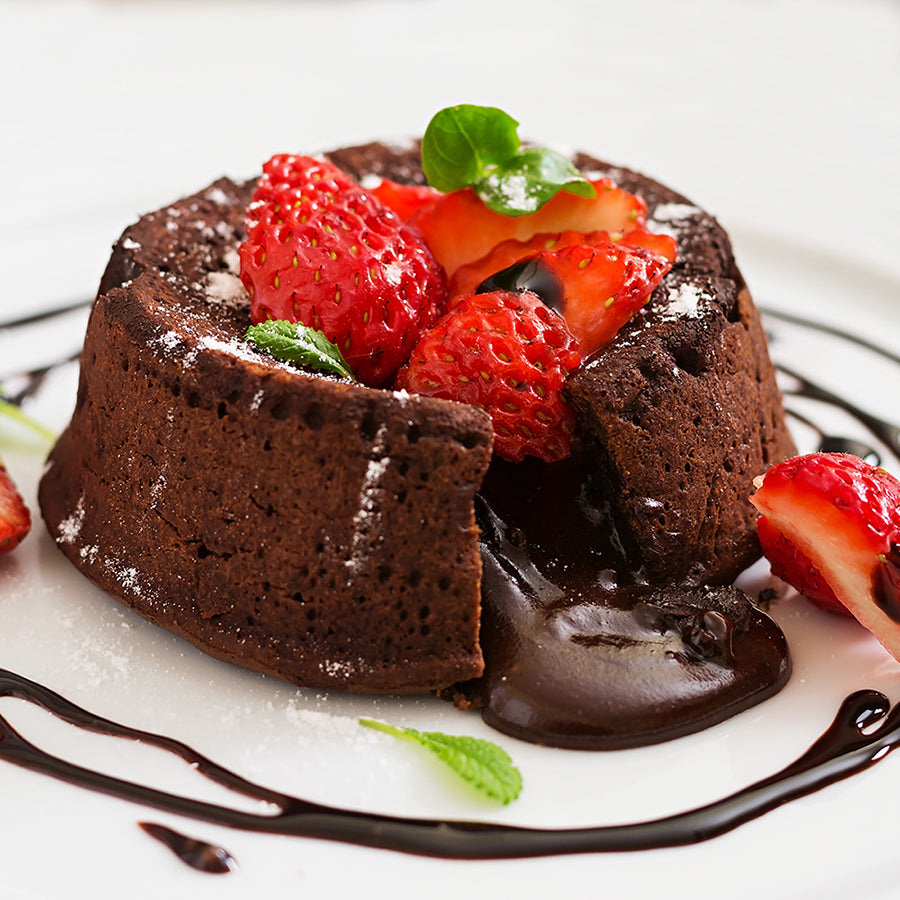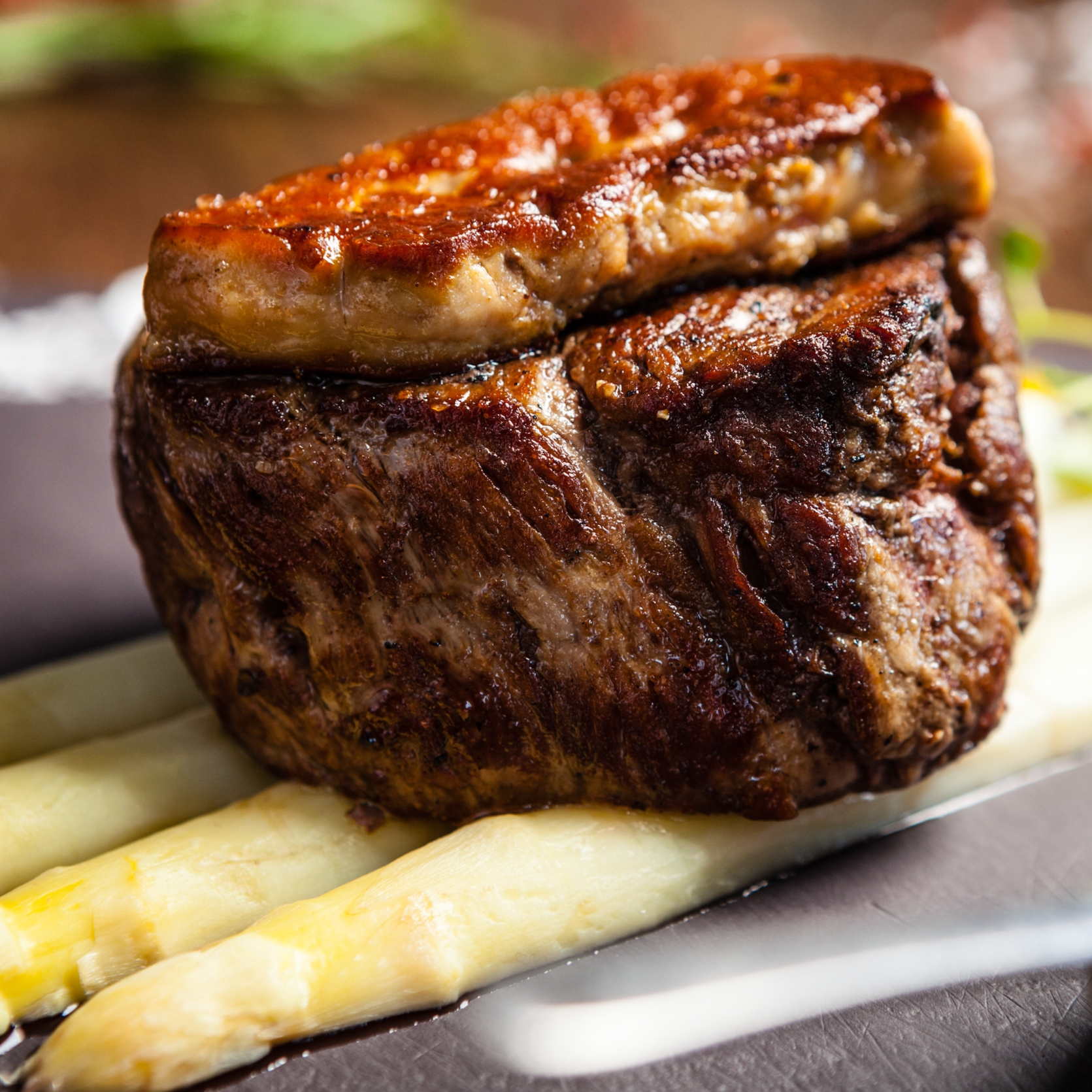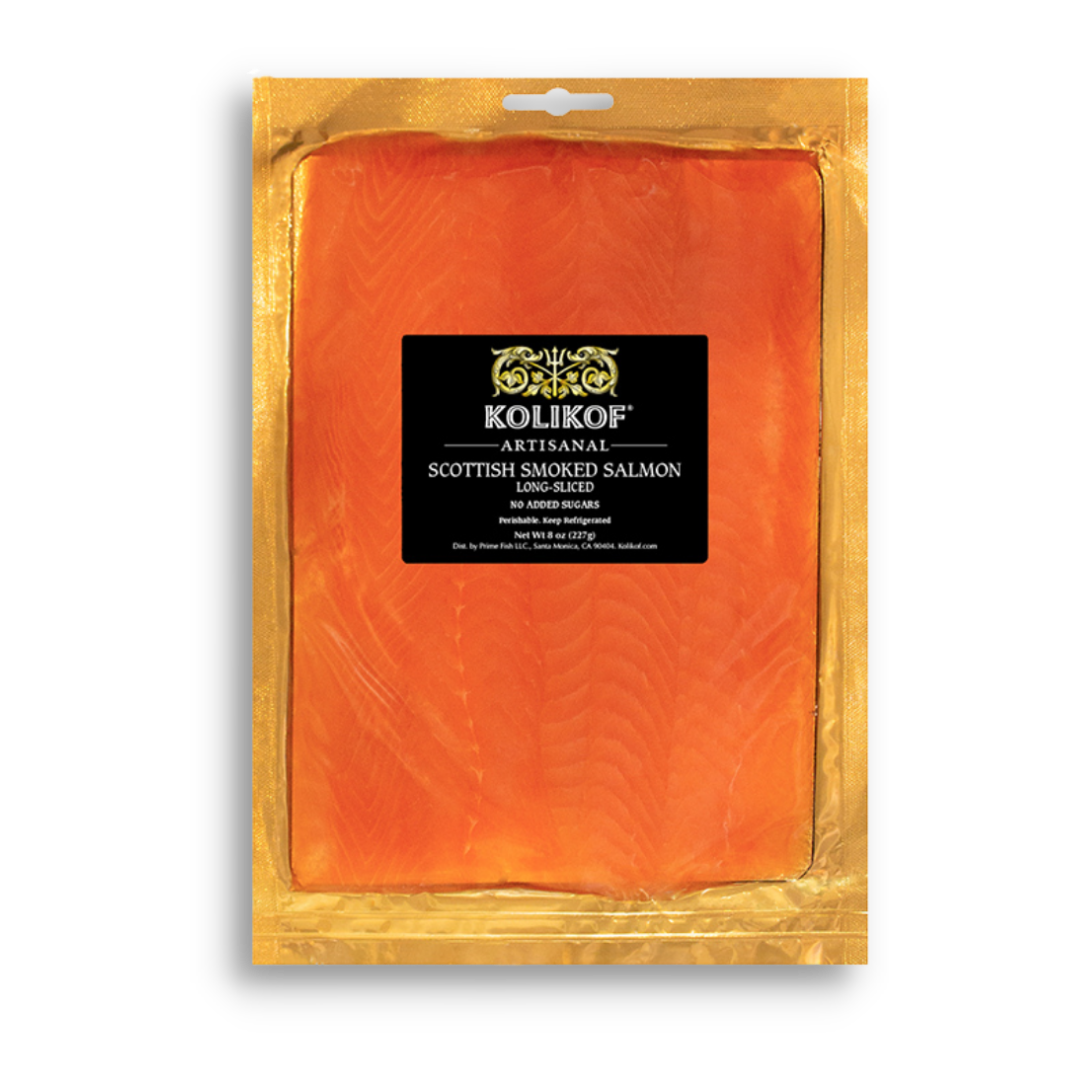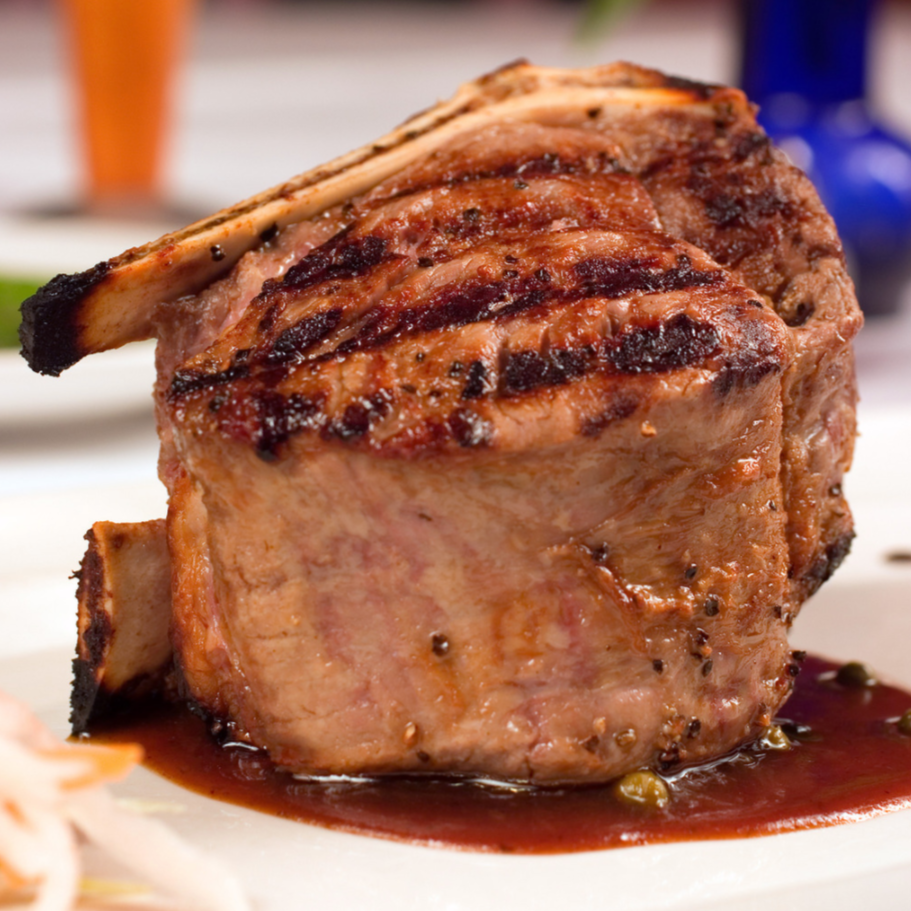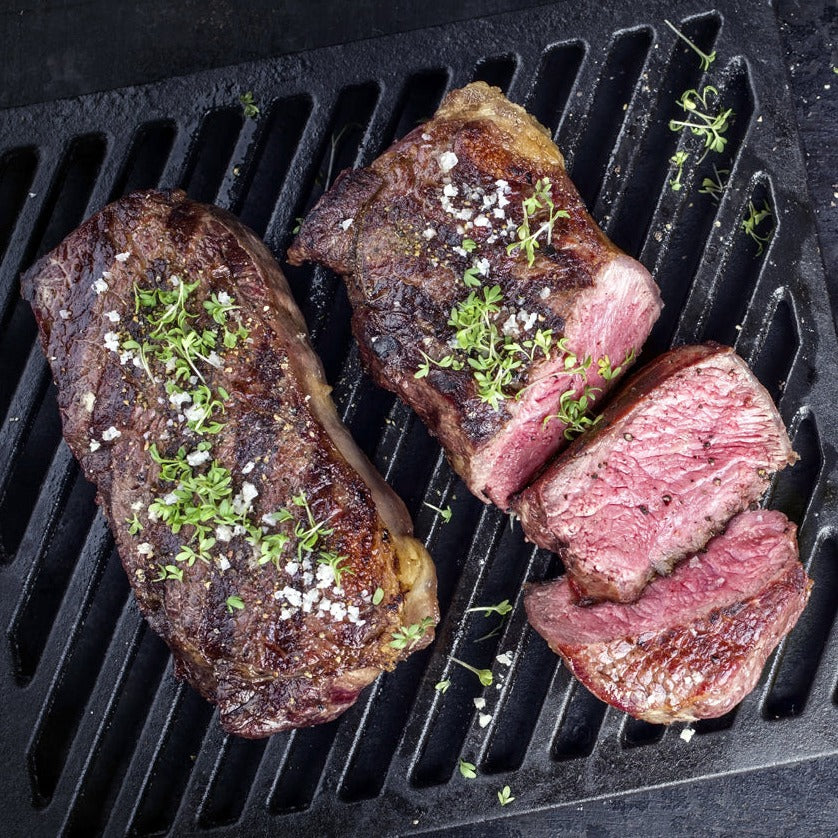Can You Freeze Caviar?
Is Fresh Caviar Better than Frozen Caviar?
Ask a caviar lover about whether to freeze caviar and you might get an adamant no, however, the truth is you can freeze it.
However, you might lose a lot of what makes caviar special in the process. As with most things, fresh is always best, and that’s the same for caviar. The fresher the better, and with such a short shelf life, we would always recommend consuming as soon as you open the tin.
The reason you might not want to freeze caviar is not because of the freezing directly, but more of what happens to the roe on defrosting. They become mushy, soft, and will all clump into one. Not what a caviar lover is looking for in their caviar. The taste is acceptable, yet the pop of flavor will be gone. So be warned!
How Long Does Caviar Last?
In the interest of freshness, it’s important to know how long your quality Caviar will last. Fresh caviar has an incredibly short shelf-life. Ideally once opened, you would consume as much as possible and any leftovers should be eaten within 2-3 days.
If stored in the fridge, it must be placed in the coldest section. Just above freezing is ideal. All Caviar must be sealed tightly, otherwise, the air will get to it and ruin the Caviar.
However there are some exceptions to this general rule, and for Caviar that has been processed in some kind of way, you may be able to extend its life.
Refrigerated and unopened caviar tins will keep up to one month before going bad. For tins that are put directly into the freezer, or pasteurized this can extend up to a year.
How Long Does Caviar Last in the Freezer?
If your caviar must be frozen, there are a few steps to preserve it as best as possible. Although you can leave it up to one year in the freezer, you will find the texture and flavor change considerably the longer it is left in there.
How Do I Store Extra Caviar?
To store caviar must be processed in certain steps with great care taken to keep it as fresh as possible.
-
Use Airtight Storage
Firstly make sure to acquire containers that are suitable to be left in the freezer, but also ones whose seals still work in the freezing temperatures. Rather than using one storage box, we advise using multiple to be able to divide the caviar into usable portions. This is essential as Caviar cannot be refrozen.
- Divide the Caviar
When portioning out the caviar uses your caviar spoons, avoiding metals as this can affect the taste of your caviar. Make sure to add a cling film layer over the top of the container, this adds an extra seal to retain the freshness.
-
Inspect the Seal
Before sending the caviar off to the depths of the freezer, check all the seals on your containers for damage. Any leak, no matter how small, can completely ruin the caviar. So the seal must be on correctly and functioning.
-
Date and Freeze
The final step is to add the date. This is important so you can see how long the Caviar has been in the freezer when you wish to retrieve it. Then place in the freezer, perhaps in a designated area to keep it away from other items.
Kolikof Top Tip: Defrost Slowly
To ensure your caviar isn’t ruined upon defrosting, be careful to defrost it as slowly as possible. Ideally once removed from the freezer it can be placed directly into the coldest part of the fridge to allow it slowly rise to the temperature of the fridge. Patience is key.


